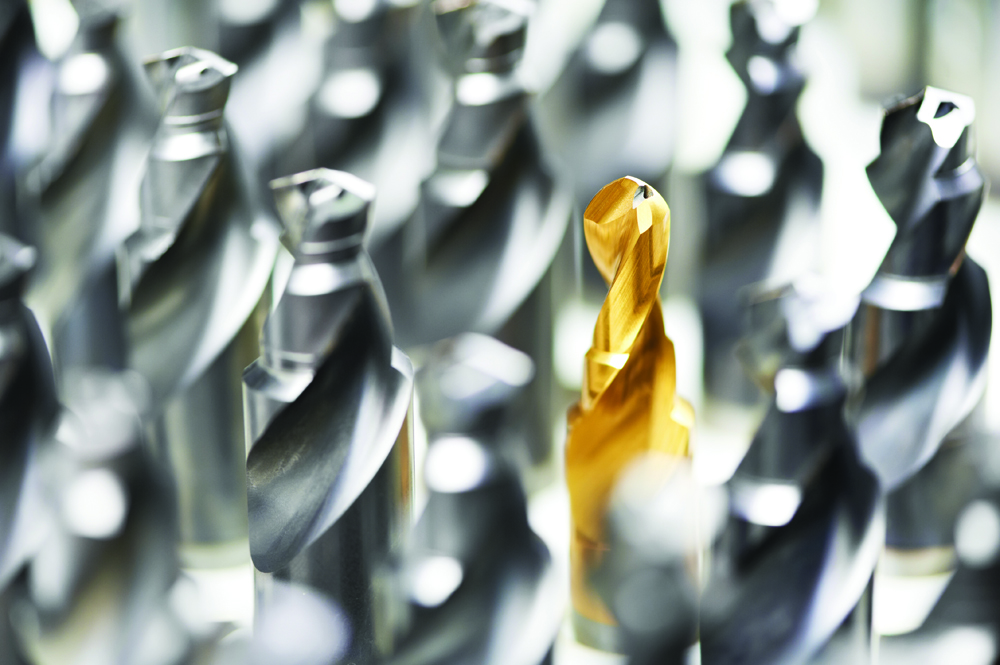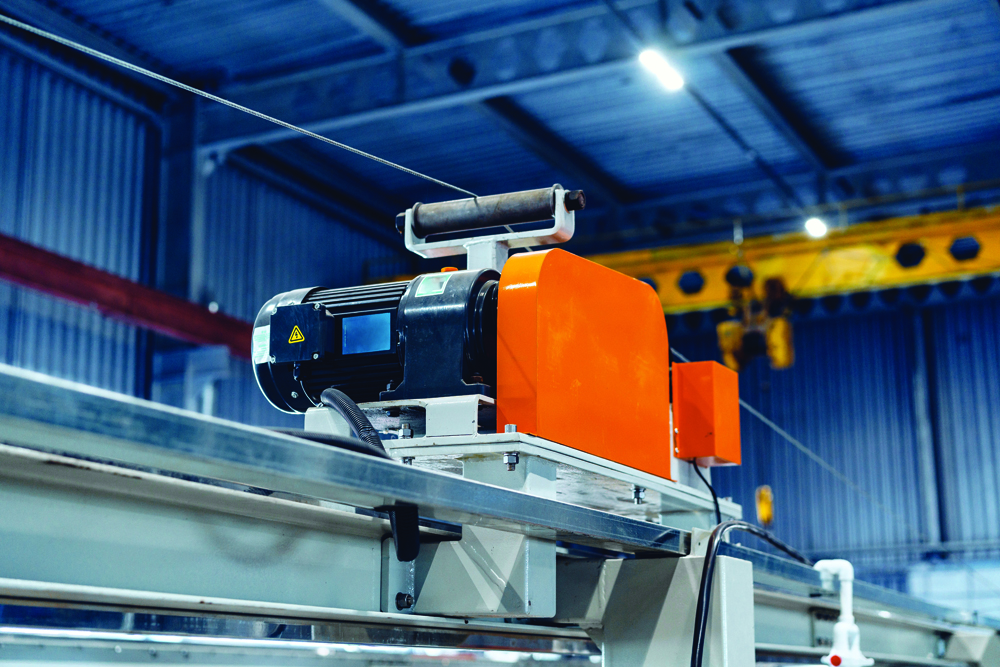When the Lights are Out

Here’s shedding light on lights-out machining, what must one consider while opting for it, and the benefits it brings to the table.
In today’s rapidly changing metalworking industry, it is more important than ever to find ways for your shop to stay profitable.
Now, the questions that arise include:
- How will you stay competitive with rising inflation?
- How are you planning to bridge the gap between lack of workers, competitive wages, and profitability?
- It’s no secret that operating costs in the industry are rising. What’s your plan for future success?
- For many operations, automation seems to be the most obvious answer. But what about lights-out machining?
There are a few things to consider before turning the lights out.
What is ‘Lights-Out’ Machining?
Where a machining operation would normally have an operator overseeing the process, lights-out machining is a technique that requires minimal human input.
So, while a factory may have operators manning their stations throughout the day, lights-out machining allows automated processes to run without any direct oversight or control. For example, overnight with the lights out.
When to Invest in Lights-Out Machining?
Breaking into the world of lights-out machining is no small undertaking. It requires a complete evaluation of one’s enterprise, including tooling, materials, and which processes are suitable for unmanned operations.
It’s not cheap, either—there is a significant technological investment in automation, so ensuring your ROI is of utmost importance.
So, the question remains – when is it best to invest in lights-out manufacturing processes? It was once thought that this kind of automation was reserved for simple, loose tolerance parts made of easily machinable materials. That is no longer true.
With the lack of talent over the past couple of years, automation technology has been thrust forward into Industry 4.0. Factories are increasingly finding robotic, software, and lights-out CNC machining solutions for tight tolerance, tough material components.
There are a few factors involved in this decision, namely: Process stability; Machine capabilities (tool management, in-process metrology); Investment capital; and Time.
With the right combination of the above, you could be turning the lights out on any number of operations.
Considerations for Lights-Out Machining
As soon as you’re ready to turn the lights out, there are a few things to consider to make the transition as efficient as possible.
Extending Tool Life and Back-up Tooling
Running a CNC machine without an operator means one thing – you need reliable tools with a long tool life. The first (and most apparent) reason is that you don’t have someone standing nearby if something goes wrong. Hence, choosing quality tooling reduces the likelihood of crashes.
Secondly, because these operations would be running during unmanned hours, tool life becomes critical. As a tool wears, parts become less accurate and the likelihood of error increases. With extended tool life, CNC machines will be able to run longer with the lights out, while also ensuring quality components.
Thirdly, considerations need to be given to back-up or ‘sister’ tooling.
Initial Investment
Ensuring ROI, not surprisingly, is one of the biggest factors in determining whether lights-out manufacturing is feasible for your business.
It can be a large initial investment, but the industry is quickly evolving, as is our economy. For many, staying competitive means investing now to be scalable for the future. This could mean moving toward lights-out machining now, or simply standardizing your shop with something like 5th Axis workholding in preparation for future automation.
Job Prioritization
While we are now able to automate complex parts, automation tends to make a larger impact on smaller, simpler parts.
Think of it this way – would you rather pay your operators to watch a stable process? Or would you prefer them to be there while the risk of error is more likely?
With lights-out manufacturing, you can easily prioritize jobs to get the most out of your operation and increase the value of the time spent on the floor by your employees.
Productivity Versus Consistency
There is a constant push for productivity in manned manufacturing. But with automation, it’s important to distinguish between productivity and consistency.
Which is better for lights-out machining? Consistency, hands down.
When a process is reliable and consistent, it can run longer unattended than pushing your tooling and machine to the limit to get as many parts out the door as possible. With lights-out machining, priorities need to shift to find a balance between productive manned hours and consistent results while the lights are out.
While a factory may have operators manning their stations throughout the day, lights-out machining allows automated processes to run without any direct oversight or control.
Material
When it comes to lights-out machining, as with any operation, the material matters.
For example, the long stringy chips produced by softer metals can get caught up in the tooling and wreak havoc when left unattended, whereas tough metals create wear on tools that makes lights-out machining difficult over long periods.
There is a sweet spot in materials that tend to perform better during unmanned operations. For example, brass and 6061 aluminum alloys tend to be ideal. That said, remote monitoring and increasingly advanced technology are allowing us to turn the lights out on much more difficult-to-machine metals.

Automation Technology and Products
The saying goes, “it’s not the tool, it’s how you use it”. In this case, however, it’s both. Because we are removing the operator from the equation here (or at least part of it), you need tools that hold their own, on their own.
Benefits of Lights-Out Machining
Although it may seem intimidating to leave your machine unattended, there are many benefits to doing so. When the gap is bridged between technology, proper tooling, and appropriate machine equipment, you can expect:
Increased Productivity – If you haven’t already, adding an extra unmanned shift to your shop has the power to significantly increase productivity. Imagine walking into your shop in the morning with the beginning stages of your project already completed, or seeing the simple time-wasting components that have your employees patiently waiting for completion already done. With lights-out machining, there can be a significant increase in the productivity of a shop that helps you get more parts out the door.
Scalability – With a shortage of workers, a skills gap that is quickly growing, and rising costs of goods, it is becoming increasingly difficult for manufacturers to stay competitive in the current climate. Lights-out manufacturing practices help businesses stay scalable by automating processes that would otherwise be a drain on resources.
Prioritization of Manpower – There are some components that just need a human touch; there’s no doubt about that. But, with unattended machining, you can prioritize when and where to direct your manpower. For example, time-consuming components that have operators waiting on long cycle times could be shifted to lights-out operations if stable.
Breaking into the world of lights-out machining is no small undertaking. It requires a complete evaluation of one’s enterprise, including tooling, materials, and which processes are suitable for unmanned operations.
There is much to consider with unattended machining, but working with the right distributor ensures an easier transition. As your Machining Solutions Partner, Triumph Tool Ltd helps you compete by:
- Offering sound technical advice that helps you choose the right tooling for the job;
- Offering sound technical advice that helps you choose the right tooling for the job;
- Providing unparalleled customer service, so you are never left without answers;
- Adding insight on how you can save time, tool life, and money;
- Engaging the right manufacturer partners; and• Connecting you with innovative solutions that help you get the job done faster, better, and with more money in your pocket.

Are you considering adding lights-out operations to your facility? Or improving your existing ones? Triumph can help with high-performance tooling and some of the best tech partners on the market, so you can run lights out without losing sleep.
Source: Magic Wand Media
Source: Triumph Tool Ltd



 Facebook
Facebook.png) Twitter
Twitter Linkedin
Linkedin Subscribe
Subscribe